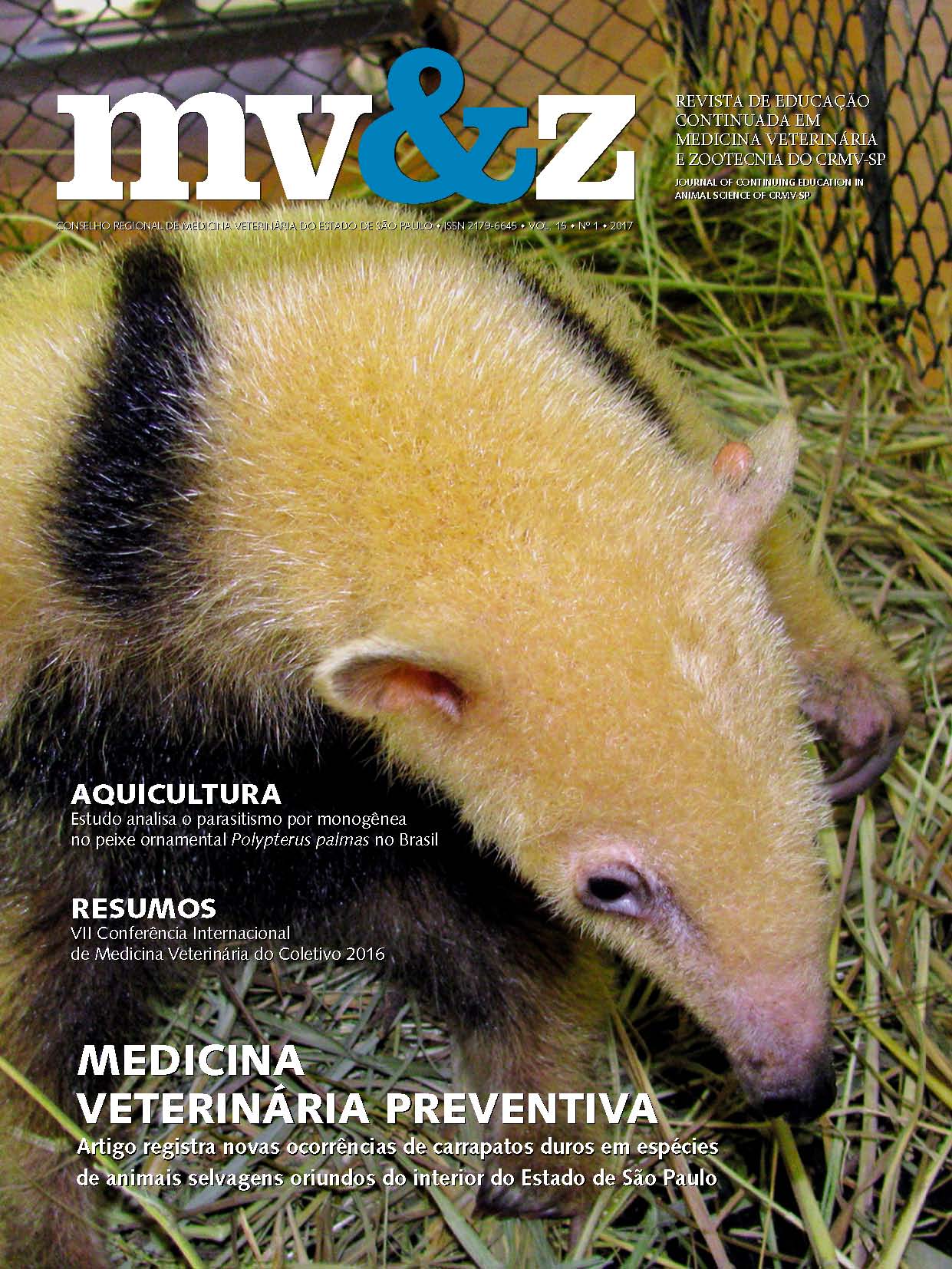Utilização da furosemida em bolus e em infusão contínua em cães e gatos: revisão de literatura
Conteúdo do artigo principal
Resumo
A furosemida é um potente diurético com ação no ramo espesso ascendente da alça de Henle. Em Medicina Veterinária é amplamente utilizada devido à rápida ação na remoção de fluidos intersticiais, média toxicidade e rápida excreção do organismo. É indicada no tratamento da retenção líquida inadequada, aumento da diurese, edema pulmonar, insuficiência cardíaca congestiva, síndrome nefrótica, doenças renais agudas e crônicas, ascites, edemas periféricos e pacientes irresponsivos a outros diuréticos ou anti-hipertensivos. A via de administração da furosemida endovenosa pode ser realizada sob a forma de bolus ou infusão contínua, com diferenças marcantes entre elas. Alterações hemodinâmicas, variações nas concentrações séricas e resistência diurética são desvantagens observadas na forma de bolus. Já sob a forma de infusão contínua, o aumento e a manutenção da diurese são vantagens observadas, mas com desequilíbrios hidroeletrolíticos mais evidenciados comparada à administração em bolus, necessitando de monitoramento constante. Atualmente, poucos são os estudos científicos na Medicina Veterinária que demonstram as diferenças específicas, com as indicações, benefícios ou efeitos deletérios orgânicos da utilização da furosemida intravenosa sob a forma de bolus ou infusão contínua. Assim, este trabalho busca promover uma atualização científica quanto às características farmacológicas, doses e efeitos da furosemida endovenosa nas diferentes formas de administração, visando a auxiliar a conduta terapêutica quando utilizada em cães e gatos.
Detalhes do artigo
Seção
1. Autores mantém os direitos autorais e concedem à revista o direito de primeira publicação, com o trabalho licenciado sob a Creative Commons Atribuição-NãoComercial-SemDerivações 4.0 Internacional
2. Autores têm autorização para assumir contratos adicionais separadamente, para distribuição não-exclusica da versão do trabalho publicada nesta revista (ex.: publicar em repositório institucional ou como capítulo de livro), com reconhecimento de autoria e publicação inicial nesta revista.
3. Autores têm permissão e são estimulados a publicar e distribuir seu trabalho online (ex.: em repositórios instituicionais ou na sua página pessoal) a qualquer ponto antes ou durante o processo editorial, já que isso pode gerar alterações produtivas, bem como aumentar o impacto e a citação do trabalho publicado (Veja O Efeito do Acesso Livre);
